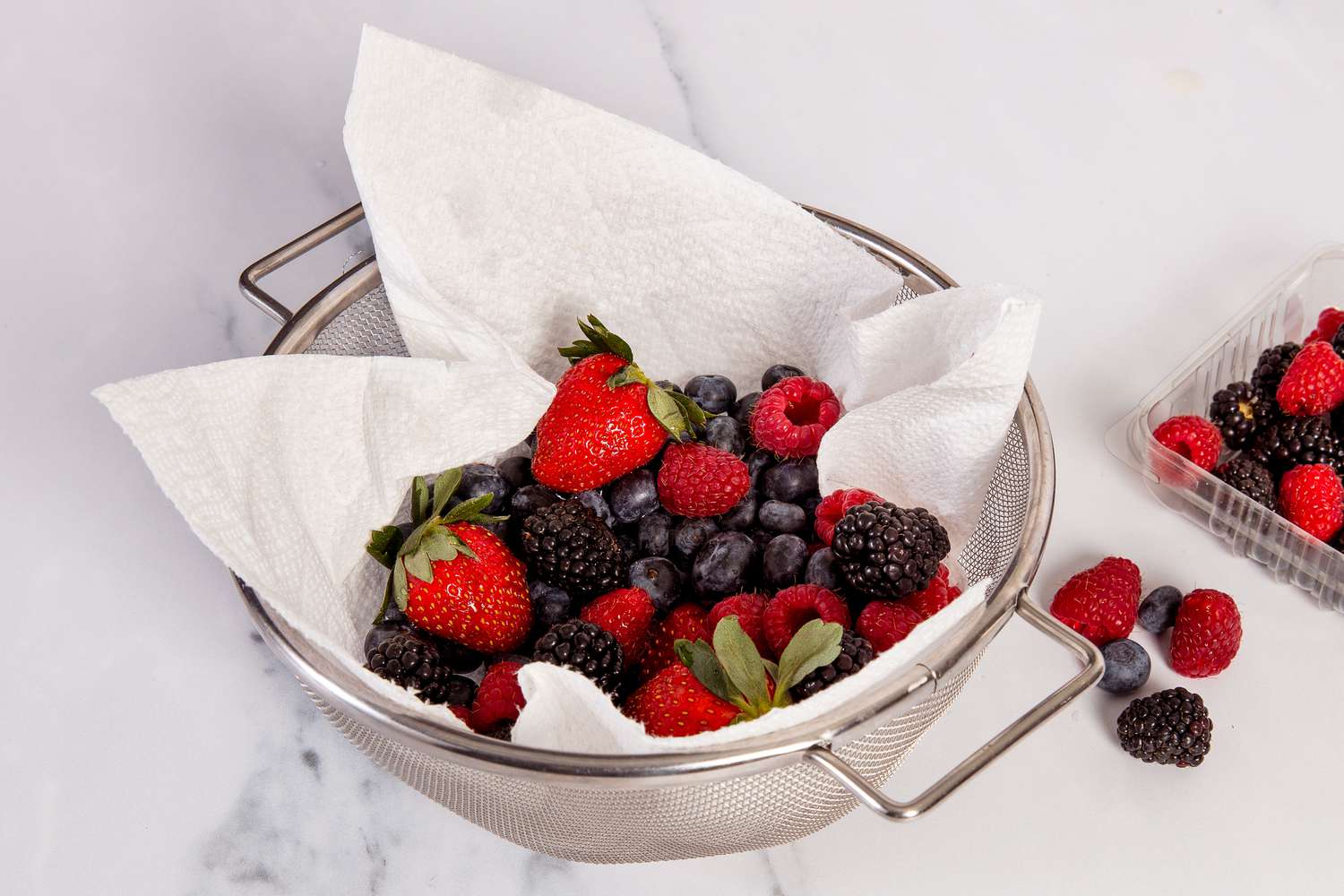

Articles
How To Store Raspberries After Washing
Modified: January 19, 2024
Learn the best way to store freshly washed raspberries to keep them fresh and prevent spoilage. Read our informative articles now!
(Many of the links in this article redirect to a specific reviewed product. Your purchase of these products through affiliate links helps to generate commission for Storables.com, at no extra cost. Learn more)
Introduction
Welcome to our comprehensive guide on how to store raspberries after washing. Raspberries are delicious and nutritious fruits that are enjoyed by many. However, they can be quite delicate and prone to mold and spoilage if not stored properly. By following the steps outlined in this article, you will be able to prolong the freshness and quality of your raspberries, allowing you to enjoy their juicy sweetness for longer periods of time.
Whether you have picked fresh raspberries from your own garden or purchased them from a local farmer’s market or grocery store, it is important to handle and store them with care. Raspberries are highly perishable fruits and require proper storage to maintain their flavor, texture, and nutritional value.
In this article, we will guide you through the process of storing raspberries after washing, from gathering the necessary supplies to selecting the right storage containers and maintaining proper temperature and humidity levels. With our tips and techniques, you can say goodbye to mushy, moldy raspberries and hello to fresh, vibrant berries that will delight your taste buds.
So, if you’re ready to learn the best practices for storing raspberries after washing, let’s dive right in!
Key Takeaways:
- Keep raspberries fresh by sorting, inspecting, rinsing, and gently drying them before storing. Choose the right airtight container, line it with parchment paper, and arrange the berries in single layers to maintain their integrity and prevent spoilage.
- Store raspberries in the refrigerator at 32°F to 41°F, consume within a few days, and check for spoilage regularly. Following these steps will help preserve the freshness, flavor, and nutritional value of the berries for longer enjoyment.
Read more: How To Store Raspberries
Step 1: Gather Necessary Supplies
Before you begin storing your freshly washed raspberries, it’s important to gather all the necessary supplies. Having everything prepared in advance will make the process easier and more organized. Here are the supplies you’ll need:
- Fresh Raspberries: Make sure you have a good amount of fresh, ripe raspberries on hand. Avoid bruised or overripe berries, as they will deteriorate quickly.
- Colander or Strainer: A colander or strainer with small holes is essential for rinsing and draining the raspberries. Make sure it is clean and in good condition.
- Bowl or Sink: You’ll need a bowl or sink large enough to hold the raspberries and water for washing. Ensure it is clean and sanitized.
- Paper Towels or Kitchen Towels: These will be used to dry the raspberries after washing. Choose towels that are clean and absorbent.
- Storage Containers: Select storage containers that are clean, airtight, and large enough to hold the desired quantity of raspberries. Glass or plastic containers with lids work well.
- Parchment Paper or Liners: To protect the raspberries from excess moisture and prevent sticking, line the storage containers with parchment paper or liners.
- Refrigerator or Cool Storage Area: You’ll need a suitable space in your refrigerator or a cool storage area to store the raspberries. The temperature should be between 32°F (0°C) and 41°F (5°C) for optimal freshness.
Once you have gathered all the necessary supplies, you’re ready to move on to the next step: sorting and inspecting the raspberries. This step is crucial for removing any damaged or spoiled berries to ensure the quality of your storage.
Let’s proceed to Step 2!
Step 2: Sort and Inspect Raspberries
Now that you have all the necessary supplies ready, it’s time to sort and inspect your raspberries. This step is essential for identifying and removing any damaged or spoiled berries, as they can quickly contaminate the rest of the batch. Follow these steps:
- Spread out the Raspberries: Carefully pour the raspberries onto a clean, dry surface, such as a tray or cutting board. Spread them out in a single layer to get a clear view of each berry.
- Inspect Each Raspberry: Take the time to examine each raspberry closely. Look for any signs of mold, blemishes, or mushiness. Discard any berries that are overly soft, bruised, or have visible mold growth.
- Remove Stems: While inspecting the raspberries, gently remove any stems that may still be attached. Most raspberries are sold with their stems intact, and removing them will reduce the risk of mold development.
- Transfer the Good Berries: As you sort through the raspberries, transfer the good ones to a clean, dry colander or strainer. This will allow any debris or excess water to drain off.
- Repeat if Necessary: If you have a large batch of raspberries, you may need to repeat the sorting and inspection process in smaller batches. This will ensure that all the berries are thoroughly checked.
Sorting and inspecting your raspberries may take some time, but it is a crucial step in maintaining the quality and freshness of your berries. Removing any damaged or spoiled berries will greatly reduce the risk of spoilage and extend the shelf life of the rest of your batch.
Once you have sorted and inspected your raspberries, it’s time to move on to Step 3: rinsing them properly. Let’s continue!
Step 3: Rinse Raspberries Properly
After sorting and inspecting your raspberries, the next step is to rinse them properly. Rinsing helps remove any residual dirt, pesticides, or debris that may be present on the berries’ surface. Follow these steps to ensure your raspberries are thoroughly cleaned:
- Prepare the Water: Fill a bowl or sink with cool water. Make sure the water level is sufficient to submerge the raspberries.
- Place Raspberries in Water: Gently place the sorted raspberries into the water, being careful not to crush or bruise them.
- Gently Swirl the Raspberries: Using your hand, gently swirl the raspberries in the water. This helps dislodge any dirt or debris that may be clinging to the berries’ surface.
- Do Not Soak: Avoid soaking the raspberries for an extended period, as they can become waterlogged and lose their delicate texture and flavor.
- Drain the Water: Once you have swirled the raspberries for a few seconds, carefully pour out the water. Ensure that none of the raspberries escape with the water.
- Rinse Lightly: Refill the bowl or sink with fresh water and give the raspberries a light rinse. This will help remove any remaining dirt or residue.
It’s important to note that raspberries are delicate fruits, and excessive handling can cause them to bruise or become damaged. Therefore, it’s essential to handle them gently throughout the rinsing process.
After rinsing the raspberries, drain them thoroughly. Avoid letting them sit in excess water, as this can lead to spoilage. Move on to the next step: gently drying the raspberries before storing them.
Step 4: Gently Dry Raspberries
Once you have rinsed the raspberries, it’s time to gently dry them before storing. Properly drying the raspberries helps remove excess moisture, which can accelerate spoilage. Here’s how to dry raspberries effectively:
- Shake Off Excess Water: Gently shake the colander or strainer containing the rinsed raspberries to remove any excess water. Be careful not to shake them too vigorously, as this can bruise the delicate berries.
- Blot with Paper Towels: Place a layer of clean, dry paper towels or kitchen towels on a flat surface. Transfer a small batch of raspberries onto the towels and gently pat them dry with another layer of towels on top.
- Air Dry: Spread the raspberries out in a single layer on a clean, dry kitchen towel or paper towels. Allow them to air dry for a few minutes. Avoid using heat or a blow dryer to speed up the drying process, as this can damage the raspberries.
- Avoid Excessive Handling: Minimize the amount of handling during the drying process, as raspberries are fragile and can easily get squished or damaged.
It’s important to note that raspberries are highly perishable and can develop mold and rot if they retain moisture. To ensure the best storage outcome, make sure the raspberries are adequately dried before moving on to the next step.
Now that the raspberries are clean and dry, let’s move on to Step 5: choosing the right storage container to keep them fresh and protected.
After washing raspberries, make sure to thoroughly pat them dry with paper towels to remove excess moisture. Store them in a single layer on a paper towel-lined container in the refrigerator to prevent them from getting mushy.
Read more: How To Store Raspberries In The Fridge
Step 5: Choose the Right Storage Container
Choosing the right storage container for your raspberries is essential to maintain their freshness and protect them from damage. Here are some factors to consider when selecting the right storage container:
- Airtightness: Select a container that has a tight-fitting lid or is airtight. This helps to minimize air exposure, which can lead to oxidation and spoilage of the raspberries.
- Size: Choose a container that is large enough to hold the desired quantity of raspberries without overcrowding them. Overcrowding can cause the berries to become crushed or bruised.
- Material: Glass or food-grade plastic containers are ideal for storing raspberries. They are non-reactive and won’t absorb odors or flavors from the surrounding environment.
- Transparency: Opt for a transparent or translucent container. This allows you to easily see the contents without opening the lid, reducing unnecessary exposure to air.
By selecting the appropriate storage container, you can create an optimal environment to prolong the shelf life of your raspberries. Once you have chosen the right container, it’s time to move on to the next step: lining it with parchment paper or liners.
Let’s proceed to Step 6!
Step 6: Line the Storage Container
Lining the storage container is an important step in storing raspberries. It provides an additional layer of protection and helps to absorb excess moisture, preventing the berries from becoming too damp and prone to spoilage. Follow these steps to line your storage container:
- Cut Parchment Paper or Liners: Measure the dimensions of your storage container and cut a piece of parchment paper or liners to fit the bottom and sides of the container.
- Place the Paper or Liners: Carefully place the cut piece of parchment paper or liner at the bottom of the storage container. Ensure that it covers the entire surface evenly.
- Fit the Sides: If you have cut liners for the sides, gently press them against the inner walls of the container. They should stick to the sides without overlapping too much.
- Smooth Out the Surface: Smooth out any wrinkles or creases in the paper or liners to create a flat surface. This will provide a stable base for your raspberries.
Lining the storage container with parchment paper or liners helps to prevent the raspberries from sticking to the surface and makes it easier to handle and serve them when needed. The paper or liners also absorb excess moisture, maintaining the raspberries’ texture and freshness.
Now that you have lined your storage container, it’s time to move on to Step 7: arranging the raspberries in the container.
Step 7: Arrange Raspberries in the Container
Now that you have prepared the storage container, it’s time to carefully arrange the raspberries inside. Proper arrangement ensures that the berries remain intact and minimizes the risk of crushing or bruising. Follow these steps to arrange the raspberries in the container:
- Fill the Container in Layers: Place a single layer of raspberries at the bottom of the lined container. Avoid overcrowding the berries to prevent them from getting squished.
- Keep Berries Intact: Place each raspberry gently and upright in the container. Avoid stacking or piling them on top of one another to prevent damage.
- Continue Adding Layers: If you have more raspberries, repeat the process of adding single layers until the container is filled. Ensure each layer is evenly distributed and not overcrowded.
- Leave Space at the Top: Leave some space at the top of the container to avoid any pressure on the berries. This will help maintain their shape and prevent them from becoming crushed.
Proper arrangement of the raspberries in the storage container allows for good airflow and prevents the berries from sticking together, which can lead to spoilage. It also makes it easier to access and retrieve the raspberries without causing damage.
With the raspberries neatly arranged in the container, it’s time to move on to the next step: covering and storing them in the refrigerator.
Let’s proceed to Step 8!
Step 8: Cover and Store in the Refrigerator
Once you have arranged the raspberries in the container, it’s crucial to cover them properly and store them in the refrigerator. The right storage conditions will help maintain the raspberries’ freshness and extend their shelf life. Follow these steps to cover and store the raspberries:
- Cover the Container: Place the lid firmly on the storage container. Make sure it is properly sealed to create an airtight environment for the raspberries.
- Label and Date: If desired, you can label the container with the date of storage. This will help you keep track of the raspberries’ freshness and ensure you consume them before they spoil.
- Store in the Refrigerator: Place the covered container of raspberries in the main compartment of your refrigerator. The temperature should be set between 32°F (0°C) and 41°F (5°C) to keep the raspberries fresh and slow down spoilage.
- Avoid the Freezer: Raspberries are delicate fruits and are best stored in the refrigerator rather than the freezer. Freezing can affect their texture and quality.
- Consume Within a Few Days: Raspberries are highly perishable and are best consumed within a few days of storage. The longer they are stored, the higher the chance of spoilage.
By covering the raspberries and storing them in the refrigerator, you create an optimal environment that slows down the ripening process and helps maintain their sweetness and texture.
Remember to check the raspberries periodically for any signs of spoilage, such as mold or unusual odors. If you come across any spoiled berries, remove them immediately to prevent further contamination.
With the raspberries safely stored in the refrigerator, you can now enjoy their deliciousness and use them in various culinary creations. Just make sure to consume them before they lose their freshness.
Congratulations! You have successfully completed all the steps to store raspberries after washing. By following these guidelines, you can keep your raspberries fresh and delicious for as long as possible.
We hope you found this guide helpful, and may your stored raspberries bring you joy and flavor in every bite!
Read more: How To Store Raspberries And Blackberries
Conclusion
Properly storing raspberries after washing is essential to maintain their freshness, flavor, and nutritional value. By following the steps outlined in this comprehensive guide, you can prolong the shelf life of your raspberries and enjoy their juicy sweetness for longer periods of time.
From gathering the necessary supplies to carefully arranging the raspberries in a suitable container, each step plays a crucial role in preserving the quality of the berries. Sorting and inspecting the raspberries help remove any damaged or spoiled berries, while rinsing them properly ensures they are free from dirt and debris. Gently drying the raspberries before storage prevents excess moisture, which can lead to spoilage. Choosing the right storage container, lining it with parchment paper or liners, and arranging the raspberries in single layers all contribute to maintaining their integrity and preventing damage.
Once the raspberries are properly stored, it’s important to cover the container and store them in the refrigerator at the recommended temperature. Regularly checking for any signs of spoilage is essential to ensure that only fresh raspberries are consumed.
Remember, raspberries are highly perishable fruits, and it is advisable to consume them within a few days of storage. The longer they are stored, the greater the chance of spoilage and a decline in quality.
We hope this guide has provided you with valuable insights and practical tips for storing raspberries after washing. By employing these techniques, you can extend the shelf life of your raspberries and enjoy their vibrant flavor in various recipes and dishes.
So go ahead, savor the freshness of your stored raspberries, and indulge in the delightful taste of these delectable fruits!
Frequently Asked Questions about How To Store Raspberries After Washing
Was this page helpful?
At Storables.com, we guarantee accurate and reliable information. Our content, validated by Expert Board Contributors, is crafted following stringent Editorial Policies. We're committed to providing you with well-researched, expert-backed insights for all your informational needs.
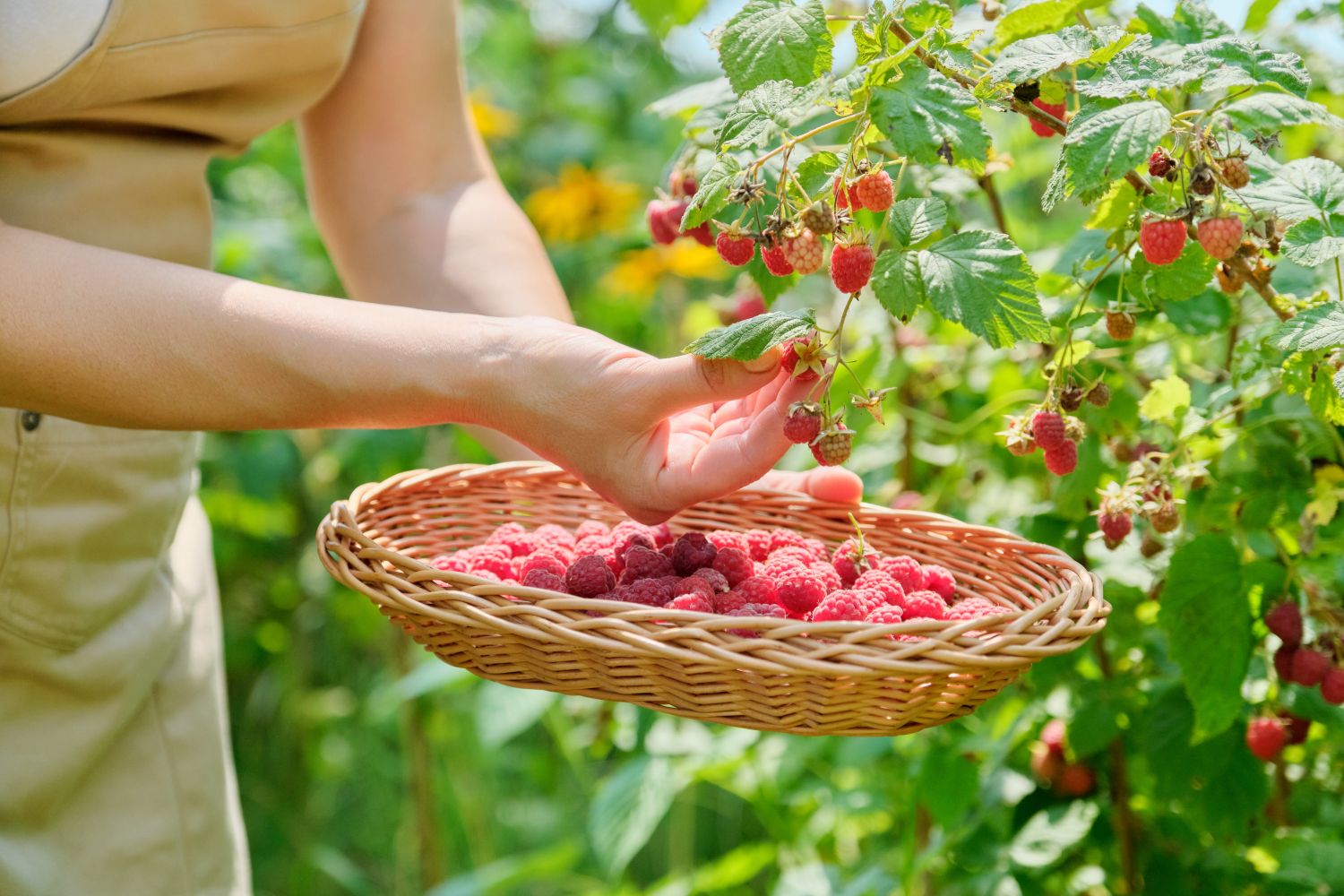




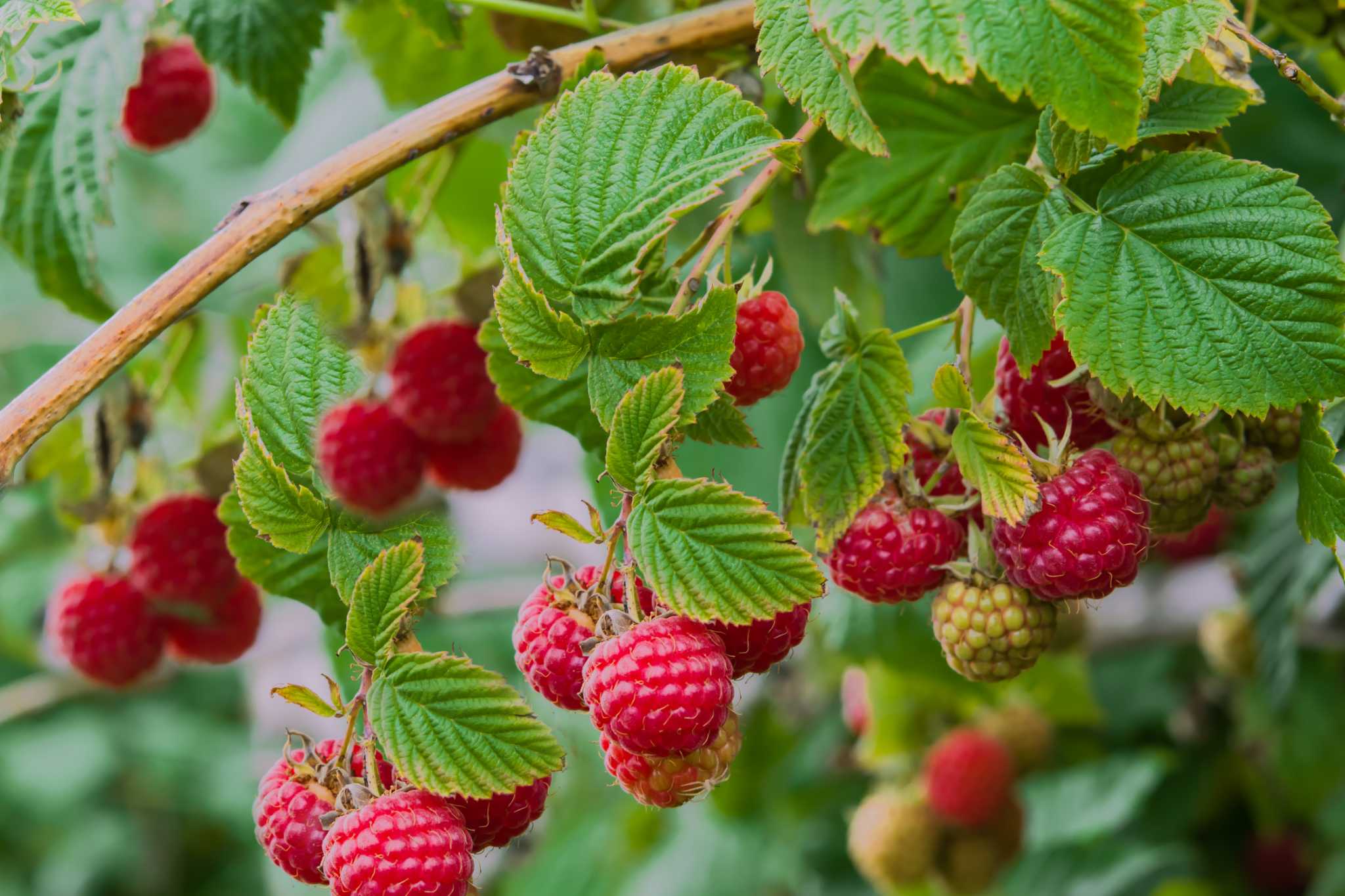

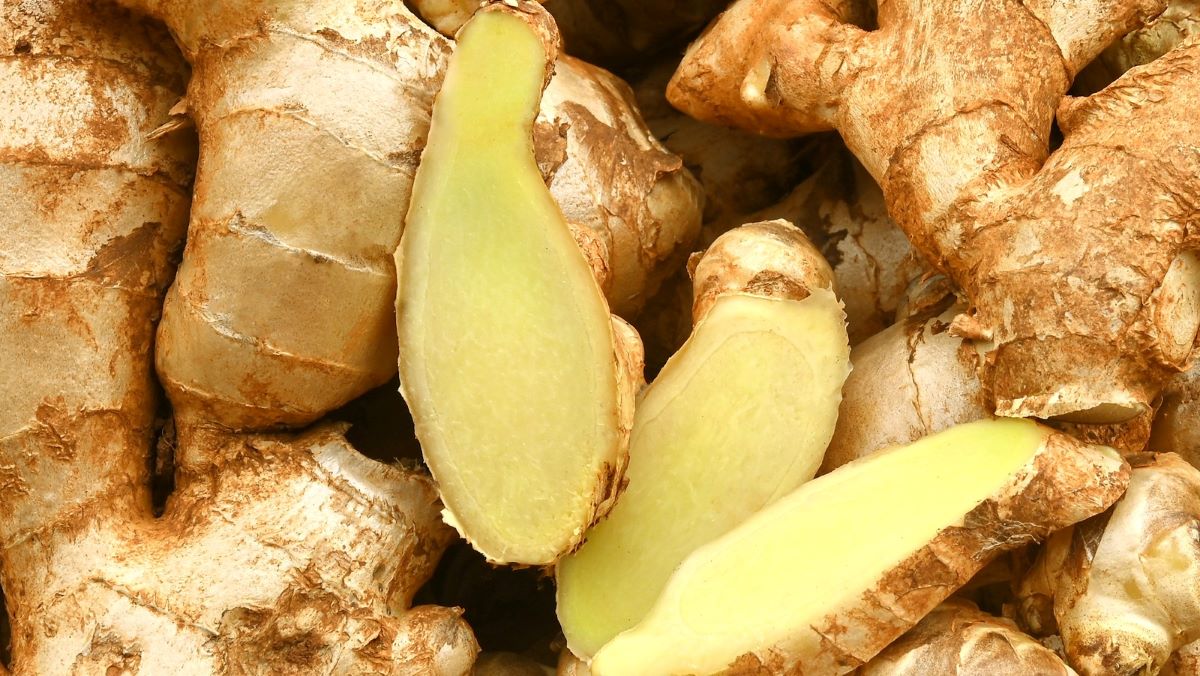
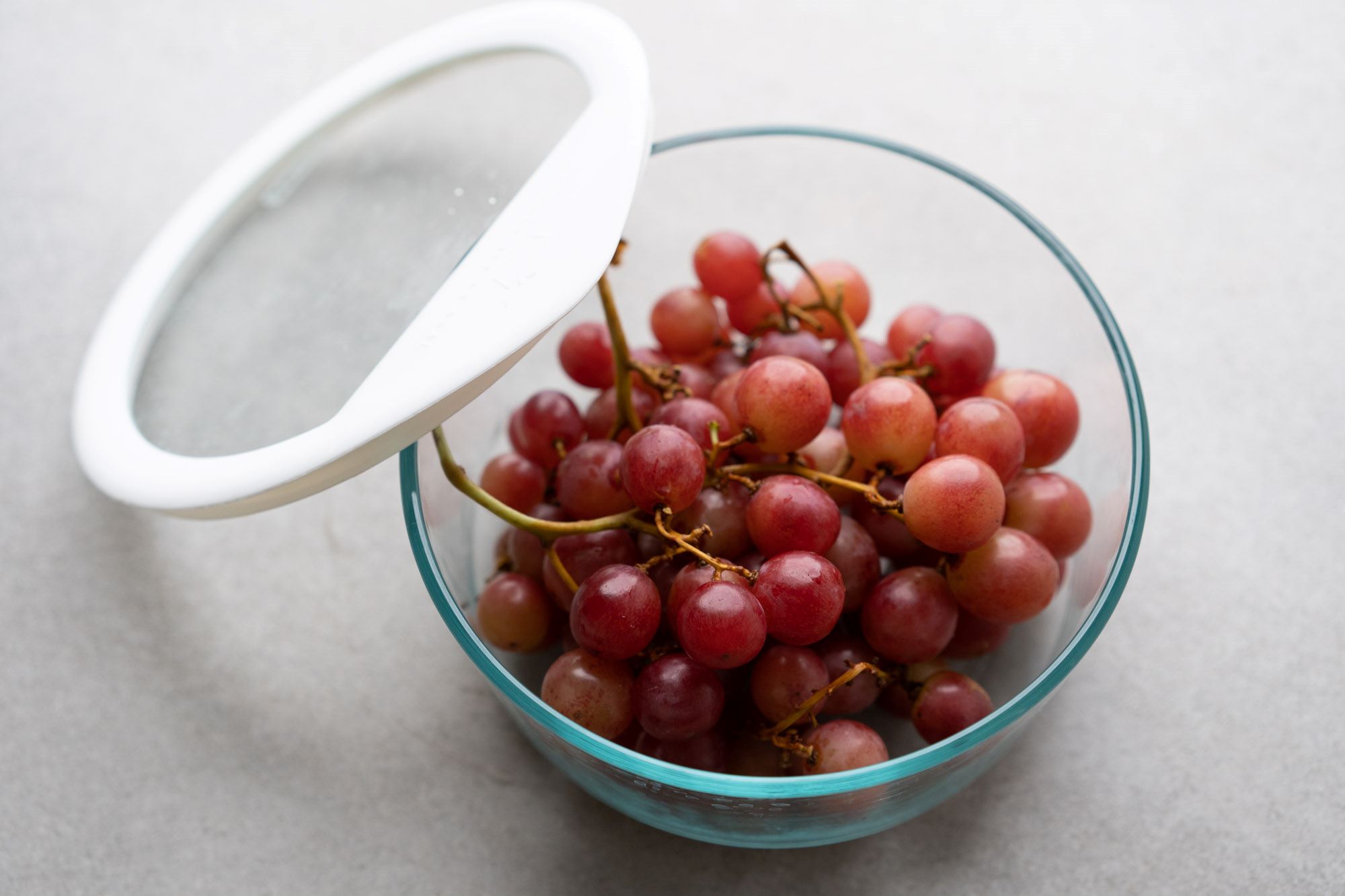

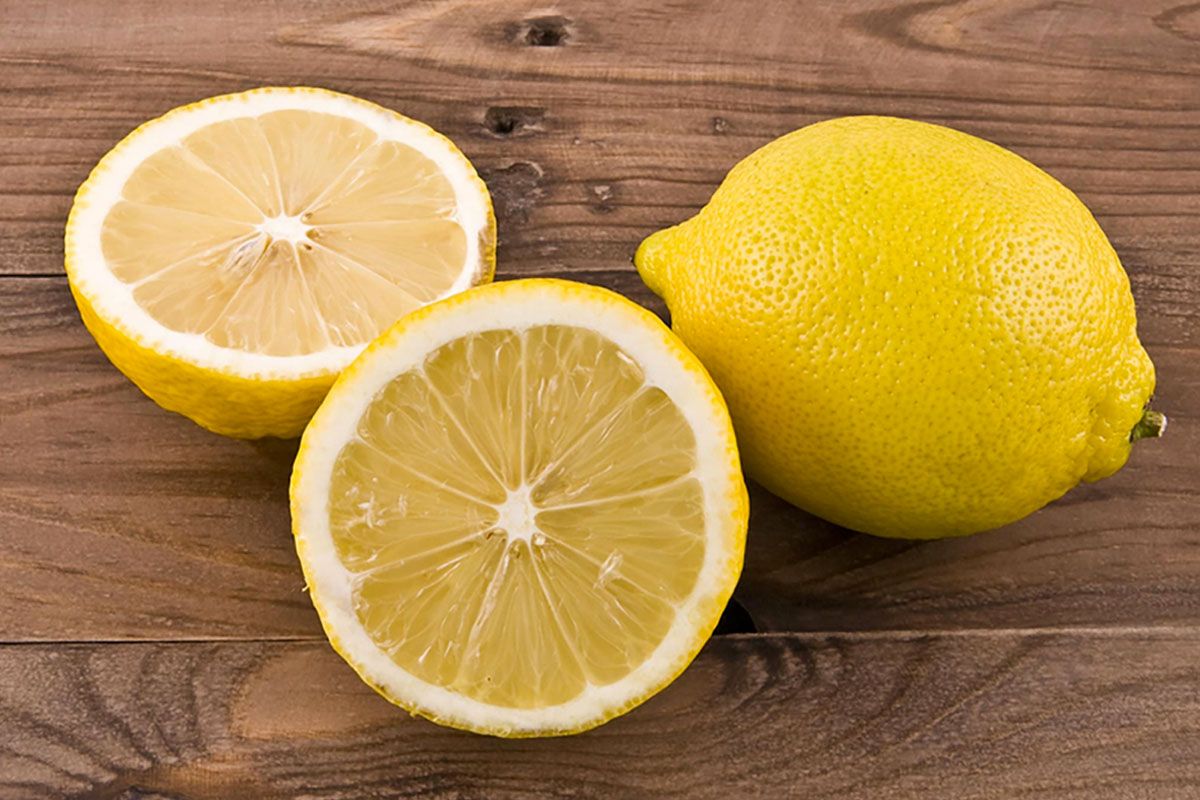

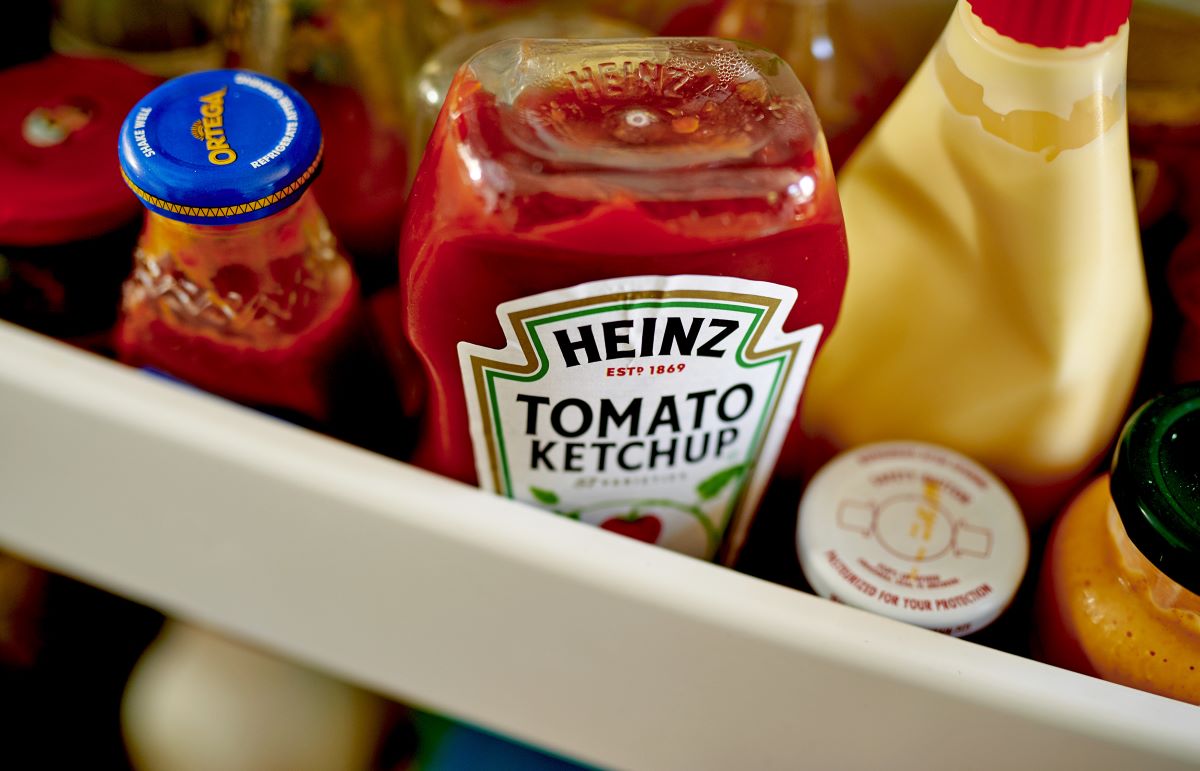

0 thoughts on “How To Store Raspberries After Washing”